Gwen
Otis
Lyanne
POWERPLAY
FASHION
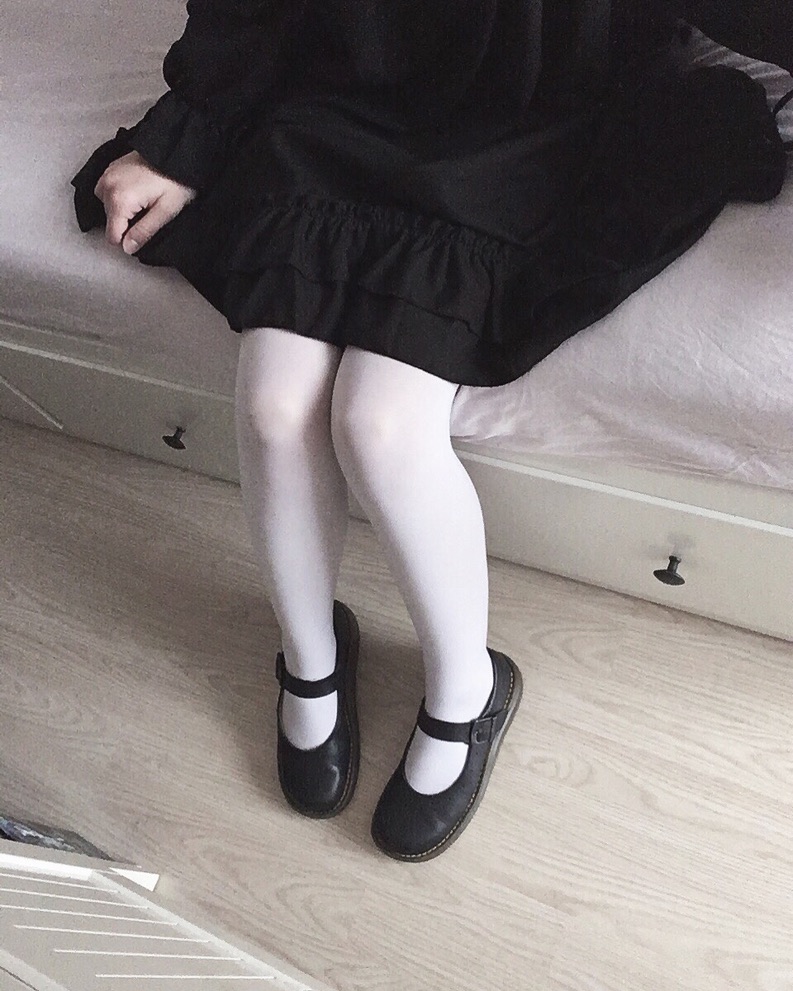

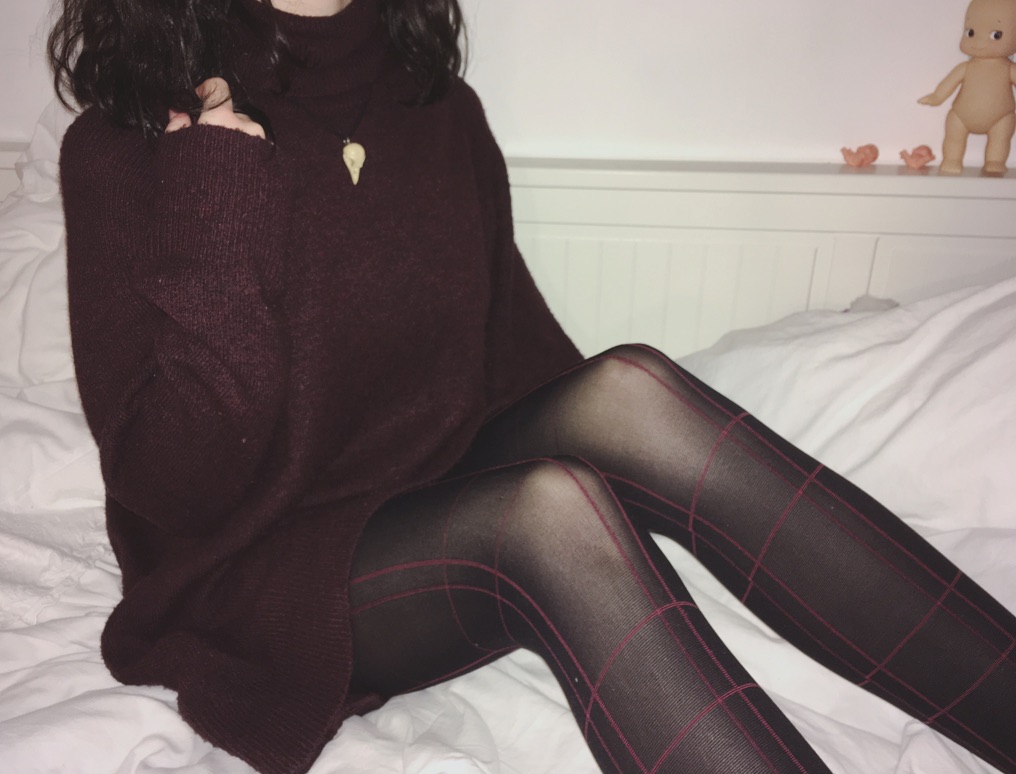

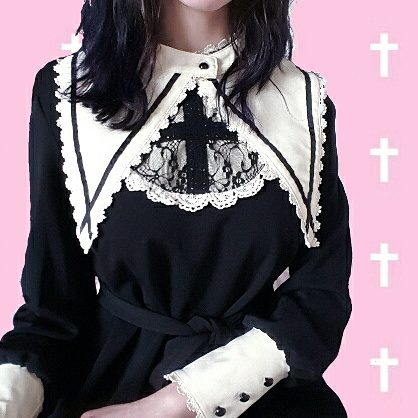
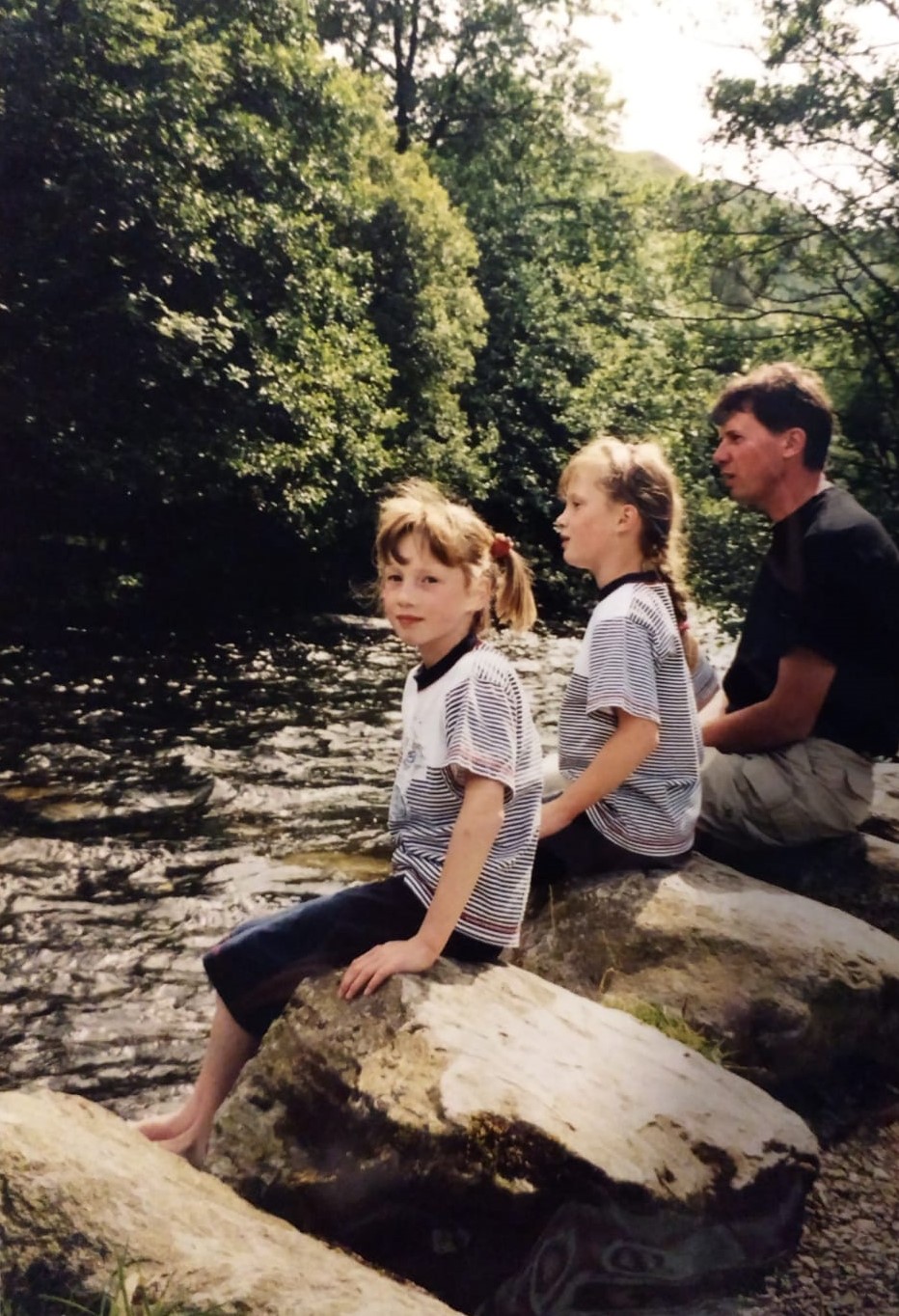
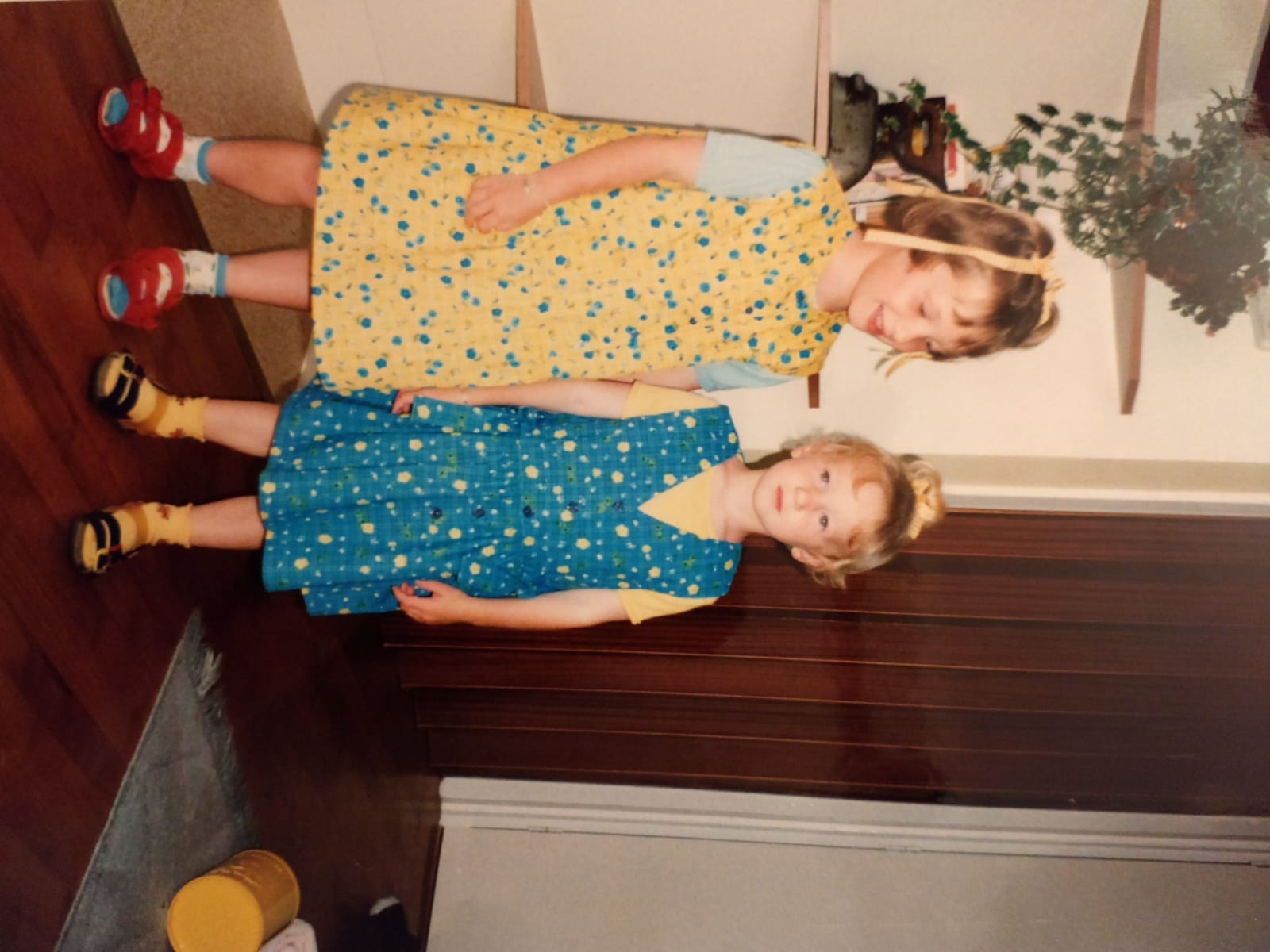




Powerplay talk
Gwen: what makes you feel empowered? Is there something we have in common?
Otis: clothing (influential)
Lyanne: clothing (being yourself for you, dress as you want to be dressed)
Gwen: can’t clothing be suppressing? In religious family you will get looked down at maybe
Otis & Lyanne: but maybe wearing it still makes you feel empowered bc u don’t give them their way
Gwen: if you judge someone for their clothing the problem is with u bc its just a piece of fabric
Otis: its more than fabric its representing
Lyanne: if u dress a certain way you make urself part of a group automatically: emo’s, artschoolers
Lyanne: it puts us all in our own box, you choose ur box but it also can happen that you don’t rlly belong in that box = not empowering/oppressed in that box
Otis: its all about representation
Lyanne: I did hiphop in team competition all wearing the same outfit = we’re all part of this group = automatically the others are NOT part of this group
Also one person looks nice in it while the other one doesn’t so sometimes u don’t feel empowered
So topic = fashion/clothing

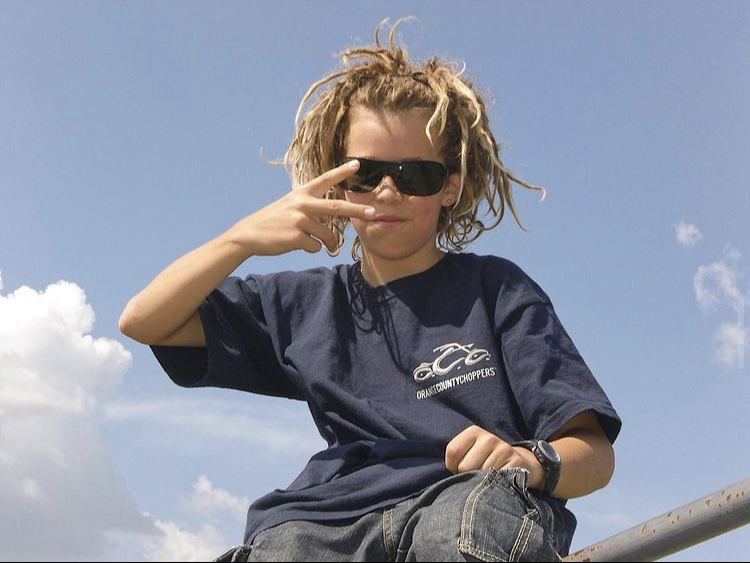

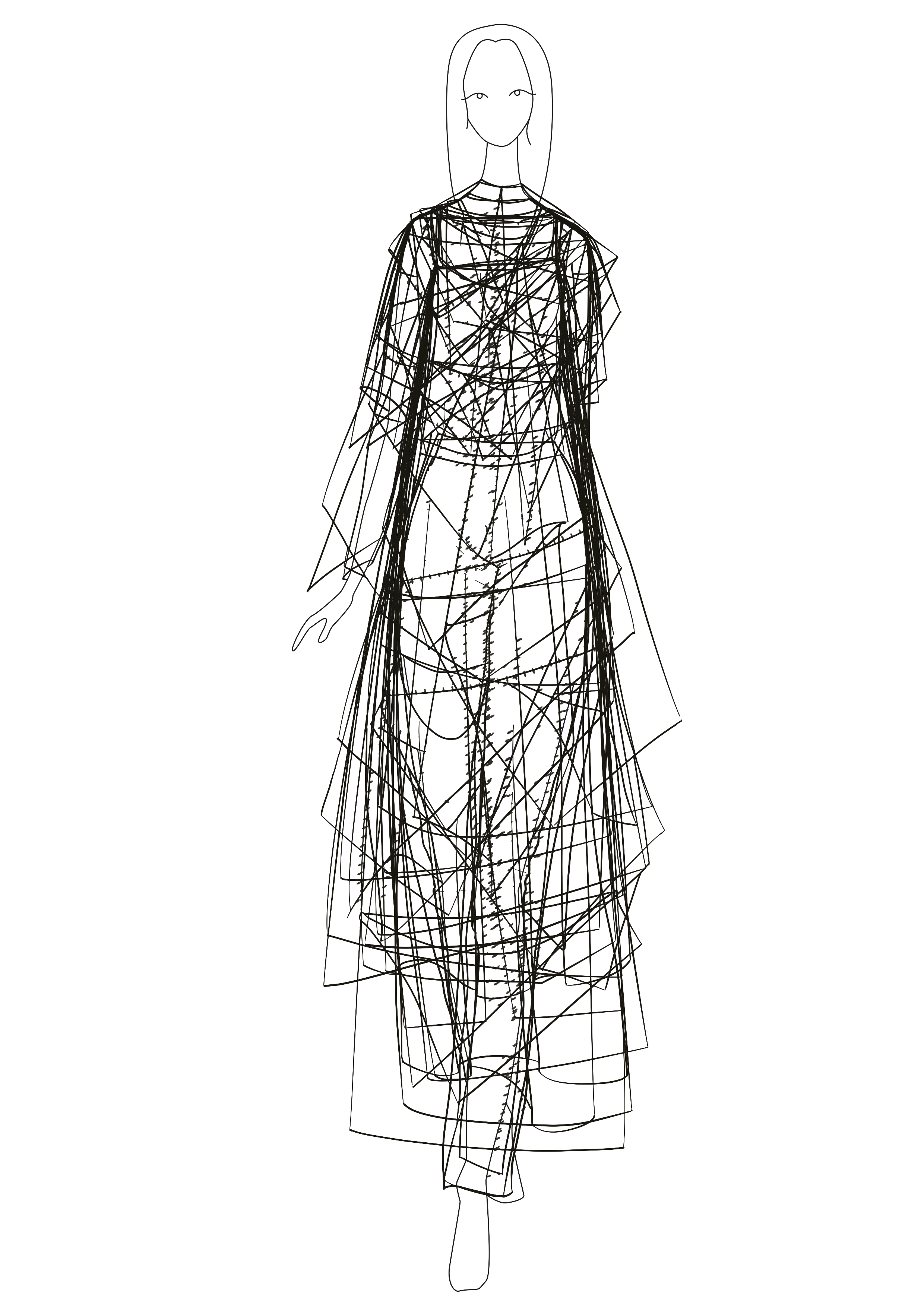
pablo rosa comments:
- culutral appropriation
- enviromentally friendly
- throwing away clothes bc not fashionable
- narrative of nudists?
- worn stories (netflix)
https://www.digitaltransgenderarchive.net/files/m039k509m
ARCHIVE SEARCHING
Nieuwjaarsgebruiken Buitenland. In de periode rond Oud en Nieuwjaar verkleden kinderen en volwassenen zich in Appenzell/Zwitserland tot zgn. 'Klausen' . Ze trekken van huis naar huis om iedereen een Gelukkig Nieuwjaar te wensen. Hun fraaie kleding en is behangen met bellen en schellen om op deze manier zoveel mogelijk herrie te maken. Hoe harder het lawaai hoe meer geschenken en snoepgoed zij denken te ontvangen. 16 december 1932.
Short English explenation: New years tradition in Switserland. Dressing up like seen in the picture to go from house to house to wish everyone a happy new year in 1932.
Seen from Dutch perspective it looks like the KKK. Without the story we wouldn't know any different.
A man in drag and a man in male clothes looking into each others' eyes. Photographic postcard.
Discussion on monday
how do we do research:
- googling terms (wikipedia) --->watching videos/ checking archive/ discussions
awareness:
- Gwen: structured, planning, likes to be organized
- Lyanne: its snowing!!! go with the flow, to-do lists
- Otis very very spontaneous,energetic, gets distracted easily
fears:
opinions get shallowed, listening to everybody, unequal work loads, not being done on time
organization:
chillin too hard in the first two week "I have enough time, solution will come!", starting to work hard when stress is building up in the last 2 week(s)
gwen: stress when project starts, leads to overworking -> finishing early
what role would we like to have:
we all figured out hierachy is pretty equal and we are compensating each other
how do i built trust:
- communication is the key, being open and talking
LISTENING!
what drives my research:
curiousity / thinking and reflecting while making
working together using screens:
socilaizing and openly talking about each difficulty and hearing different perspectives
how making our work public:
(leaving open)
do we understand our different ways of working:
YES!
blue square
exactitudes: Dressing in a certain style means you will belong to the subculture, even if you try to be unique.
Hans Eijkelboom
ANWB-stelletje: couples who knowingly dress the same
ALL URLS + VIDEO + DIRECTORY
< RESEARCH COLLECTION CLOTHES
The power clothing brings us, or doesn't bring us
< Research answers Lyanne
MIRO BOARD
FEEDBACK
ETHERPAD
THE HOODIE
Asspizza's (NYC fashion designer) approach of fashion is designing items of clothes trough combining different stories that the patches have to tell.
Uniforms can also disempower people who are not wearing them. think of police violence against (black) people and the associations a police uniform will create because of this.
Also an example is the hoodie, which has in many cases caused unjustified police violence against black people because hoodies in combination with racial profiling are sadly seen as "suspicious"
Inspiration for video:
woman is getting cat called in an
all black outfit!
The length of shorts or skirts, ripped jeans, exposure of certain areas of the body…. these are all subject to differing perceptions and judgements by various cultures around the world. Similarly, how clothing is worn is a matter of social norm, e.g., a shirt tucked in or not, removing shoes on entering a house, removing a suit jacket during a meeting. The wearing of certain colours can be laden with meaning too. A colour that is seen as fortuitous in some countries can signify death or bad luck elsewhere. For example, wearing bright colours in a business environment in India is viewed positively, but elsewhere (such as Russia), bright colours may be interpreted as lacking in professionalism and damaging to one’s credibility.
source: https://www.cartus.com/en/blog/dressed-impress-clothing-and-culture/
Interpretation: What we think of certain clothes depends on the occassion, culture, time in history. It's a social norm that differs per (sub)culture. What is considered normal in by one can be misunderstood or considered as inappropriate by another. This leads to miscommunication about intentions. Such as hoodies causing police violance against the people wearing them.
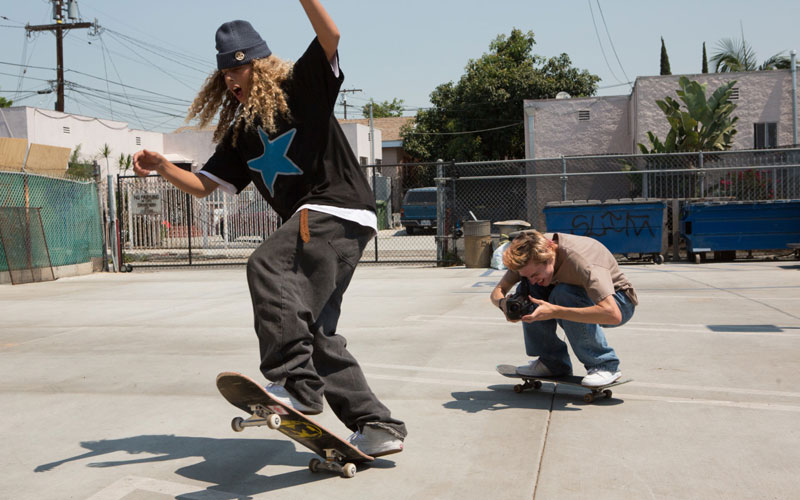
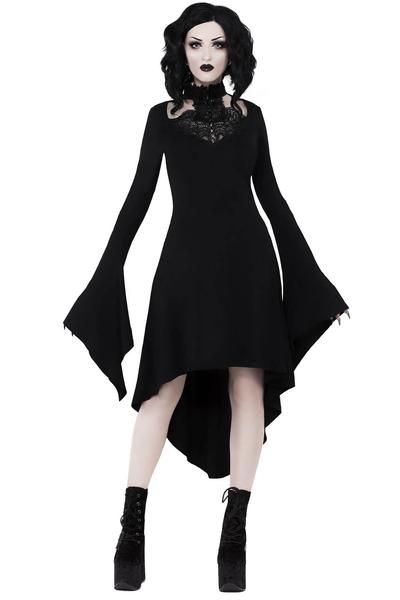
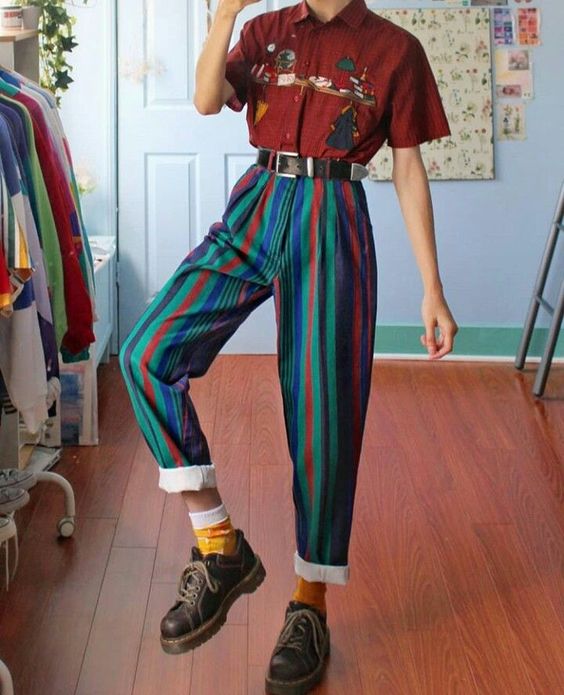
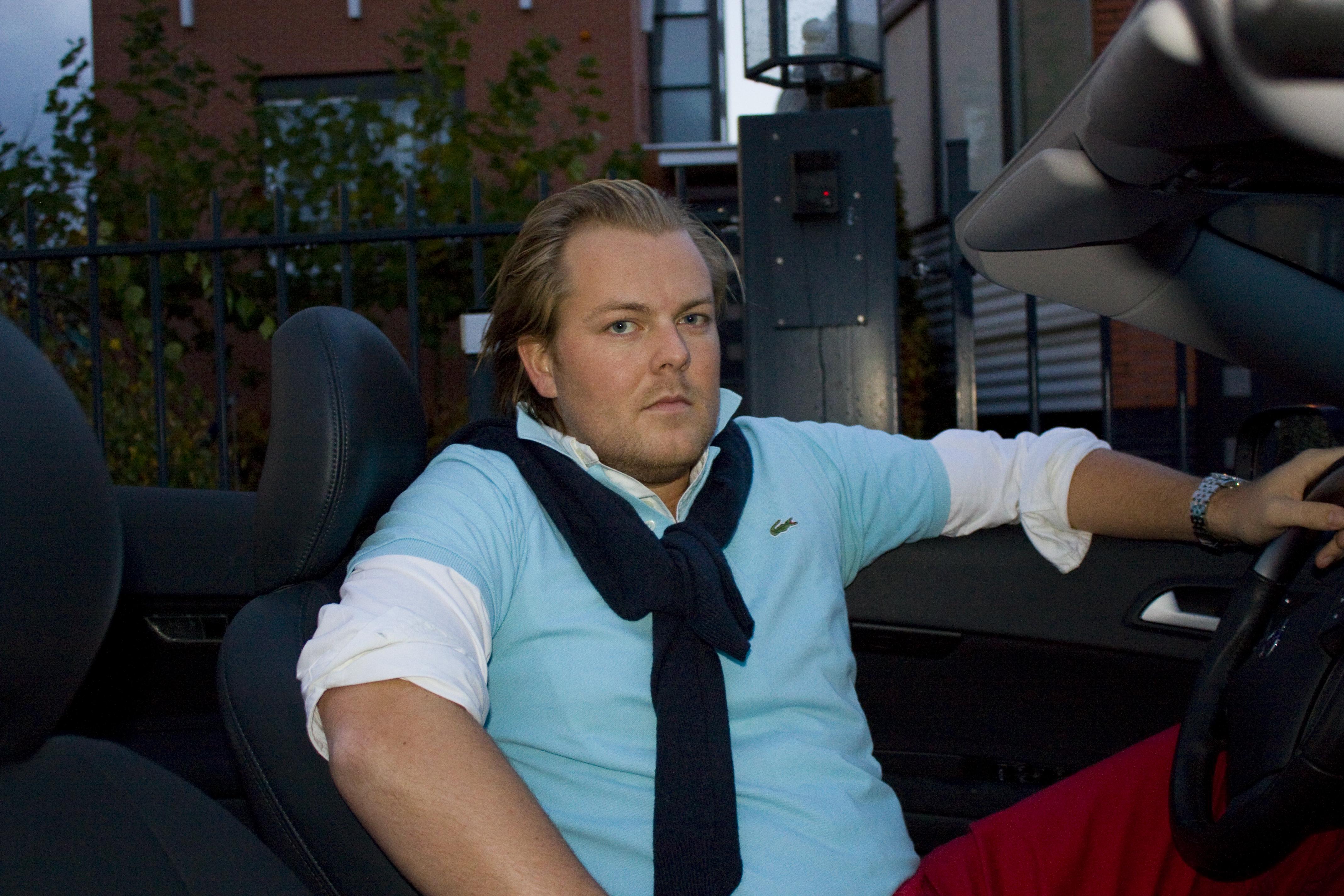
All styles come with their own (mis)judgement.
Every subculture has it's own box with prejudices, which may or may not be true for everyone wearing that fashion style. You can't see the meaning of someones outfit by looking at it. Conversation is key!!
Left to right: skaters - goths- art school - kakkers
Fashion and the meaning behind certain looks change over the years.
Looks change over the years. What we wear now can be totally different for what we used to look.
How we look and feel also depends on the setting.
We started our research by taking a look at our own closet and our looks over the years.
Gwen made cards to let people guess which story is right.
These cards prove that there is no way of knowing what a piece of clothing means to someone.
In this series people talk about their clothes and what they mean to them. For example a nudist couple talks about how they love their shoes and the shirt they wore when they met. This shows that even if your lifestyle is about not wearing clothes, they still play an important role in life.
This is also the case for the people wearing their uniform to work. It makes them feel important, gives them purpose. They are treated different than without the uniform. It empowers them.
DIRECTORY >